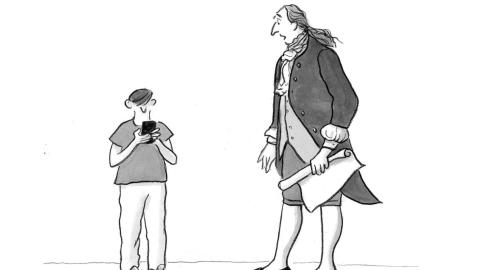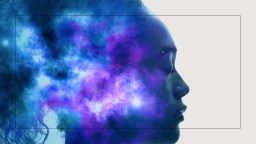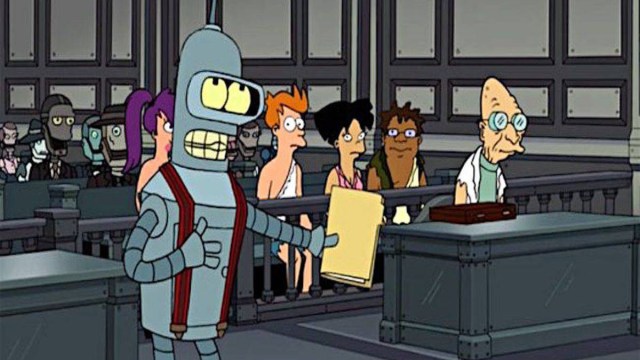3 Flavors of Liberalism: Rational, Romantic, Realist

1. All Americans are liberals. The Founders declared (original) liberalism the self-evident centerpiece of the American deal. Let me explain, while spotlighting three flavors of liberalism: rational, romantic, realist.
2. Liberal (from Latin for “noble”) first meant “befitting free people” ~1500, then “free from prejudice, tolerant” ~1700, favoring “freedom and democracy” ~1801, and opposing conservatism ~1832.
3. Historian Dennis Rasmussen discerns two Enlightenment liberalisms: “pragmatic” and idealistic. Relabeling these “realist” and “rationalist” underscores unresolved strains in liberalism’s logic.
4. The rationalists were “highly idealistic” logic-loving axiomatic-system builders—Locke’s natural law contracts, Kant’s universal logical duties, Bentham’s greatest good for the greatest number.
5. These rationalists fell “in love with geometry,” with a zeal akin to religious devotion. Although much empirically refutes rationalism, their mindset and faith mind-bogglingly thrives.
6. Realists, like Hume, Smith, Montesquieu, and Voltaire, were “critics of reason in the… Age of Reason.” Seeing reason’s evident limits, they took a “more realistic, moderate, flexible” approach “grounded in experience and empirical observation …[not] abstract standards.” Liberal realists were quite conservative favoring “gradual, piecemeal reform.”
7. Hume called Locke’s contracts “implausibly individualistic” (imaginary “offers” you couldn’t refuse). Anthropologists, evolutionists and parents all know no alternative self-sufficient “state of nature” really existed.
8. Kant’s high-concept abstractions can fail trivial tests. For instance, you shouldn’t lie to assassins about a target’s whereabouts? Beware oddball geniuses who aspirationally project their rare rigor onto others.
9. Bentham’s “pig philosophy” confuses pleasure with happiness. And fans of one-trick-minded calculus of consequences seem easily steamrolled, e.g., infamous “trolley problems” derail with a loved-one at stake (see “relational rationality”).
10. Yuval Harari’s big-picture patterns suggest the third kind, “romantic liberalism.” The core “liberal package” turns our gaze obsessively “inwards,” enthroning feelings as “the supreme source of meaning” and authority.
11. Romantic liberalism’s creed has its own “bible of feeling,” Rousseau’s 1762 novel Emile, which preaches always trust your feelings (motto = “If it feels good, do it”).
12. Note art’s role as way-of-life preacher. As Wilfred Pareto said, “The most universal religion of the West… is the sex religion; the novel supplies… its doctrine.”
13. Idea-faith and cognitive-style issues abound. For instance, free-market-obsessed neoliberalism mixes rationalism and romanticism, but lacks realism. The neoclassical versus behavioral economics struggle rests on realer rationality limits (see Adam Smith was a behavioral economist, and “behavioral politics“).
14. Life-shaping ideas demand regular realistic reassessment, not blinkered (enlightened-seeming) faith. As philosopher Anna Alexandrova notes, liberal faith that “only the individual is an authority on their own well-being… flies in the face of facts.”
15. Harari agrees, “science is undermining… the liberal order.” Liberalism’s “factual statements just don’t stand up to rigorous scientific scrutiny.” For instance, individualism is a “WEIRD” sampling error (with art-configured ups-and-downs), presuming true inner selves risks the “fundamental attribution error,” and feelings often mislead.
16. “New technologies kill old gods and give birth to new gods,” says Harari. Likewise sacred ideas.
17. Are noble 18th-century norms fit for 21st-century life (when corporations can hack your feelings with addictive “emotech”)?
Illustration by Julia Suits, The New Yorker cartoonist & author of The Extraordinary Catalog of Peculiar Inventions





